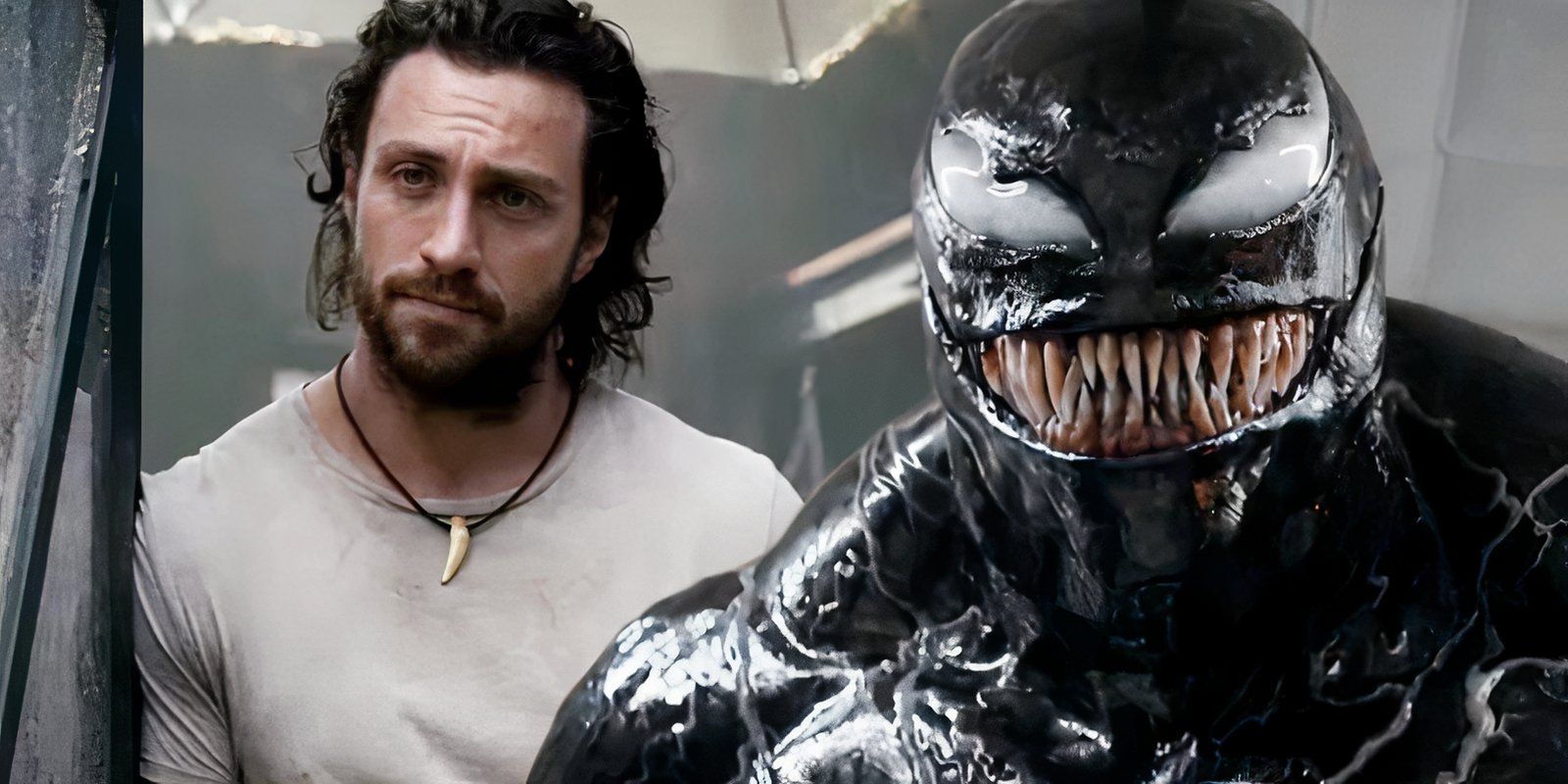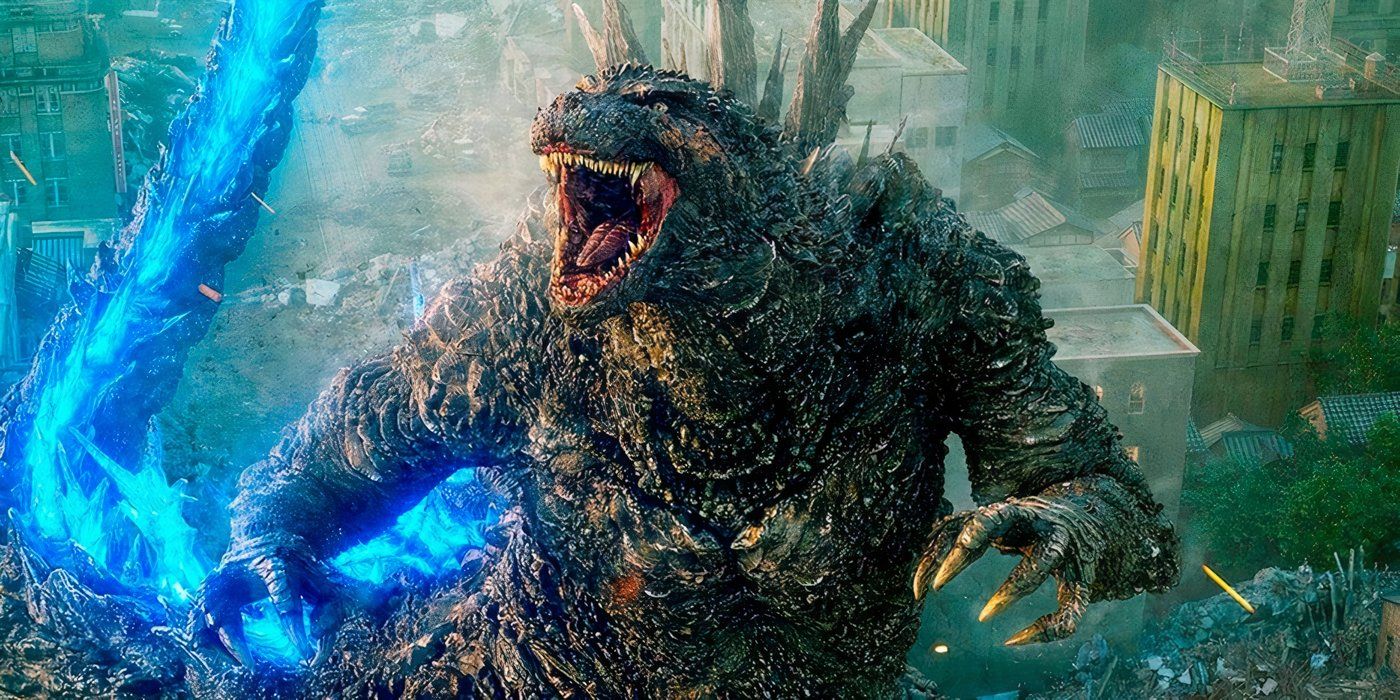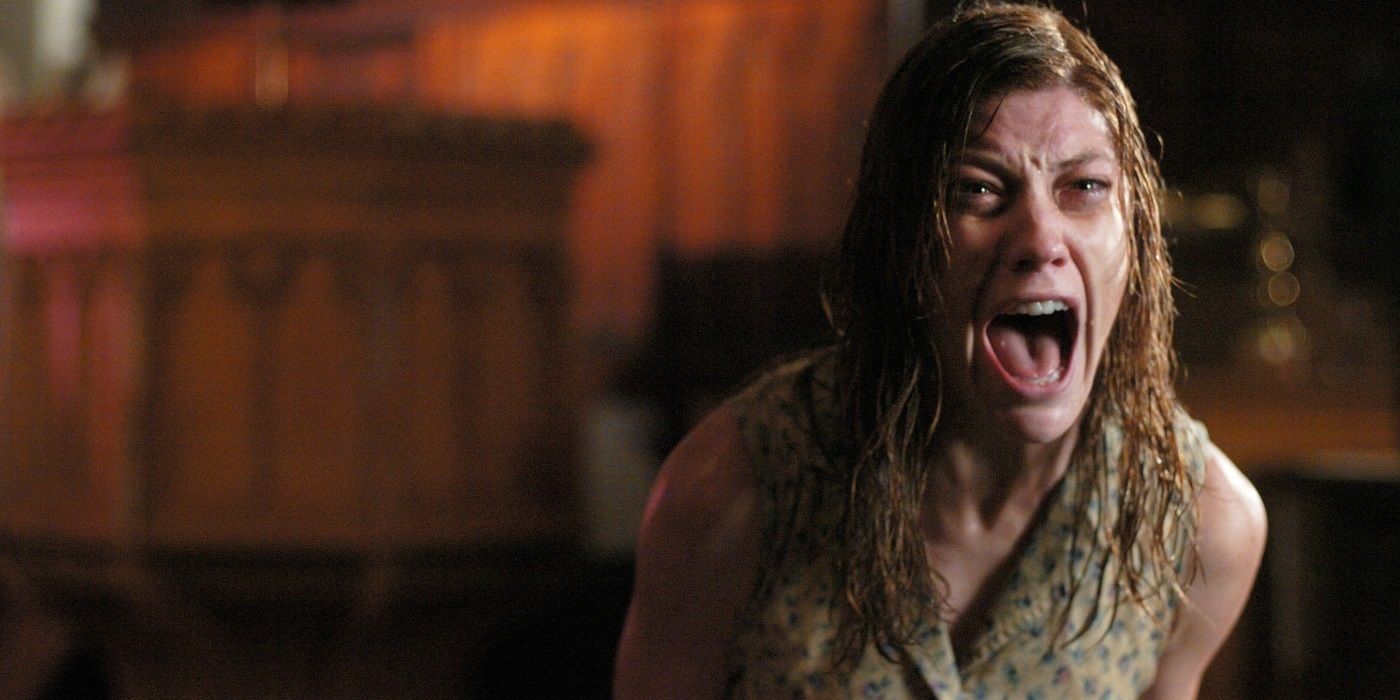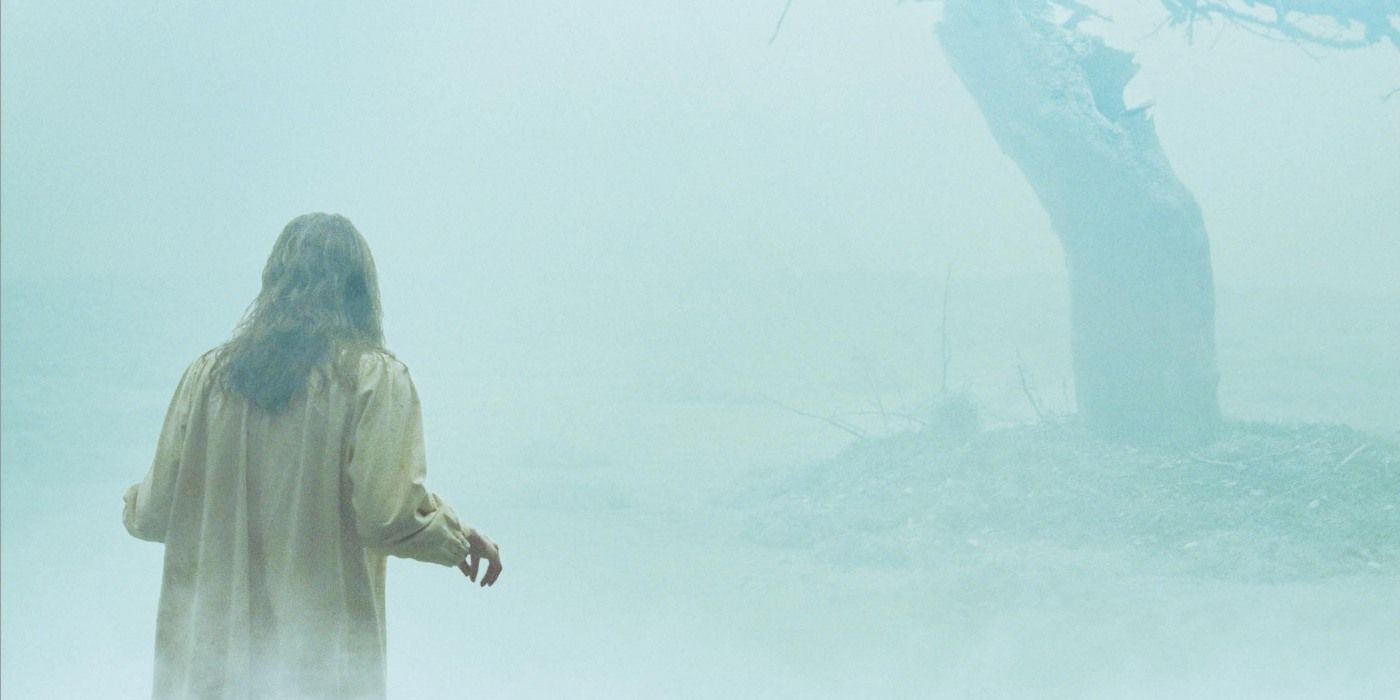The horrifying ordeal portrayed in The Exorcism of Emily Rose is loosely based on a true story. Real-life inspiration Anneliese Michel and the fictional Emily Rose (Jennifer Carpenter) both suffered extreme ailments that they claimed stemmed from multiple demons possessing them. Both girls died as a result of failed exorcisms. Let's take a look at the real story that inspired The Exorcism of Emily Rose.
The Exorcism of Emily Rose follows the case of the Rev. Moore (Tom Wilkinson) facing trial for the wrongful death of Emily Rose. As she was a deeply religious person, Emily believed the severe ailments she was experiencing was that of demonic possession. She sought her church's help, and her exorcism ultimately killed her. Defense lawyer Erin Bruner (Laura Linney) takes on Moore's case and realizes Emily's condition cannot simply be explained away by science.
The film strayed a bit from the original case, which was a wise choice for the film. The decisions that director Scott Derrickson made leave Emily's true diagnosis open-ended, which makes the film all the more frightening. Here's a breakdown of the true story that inspired the terrifying movie.
The True Story Behind The Exorcism Of Emily Rose
The Exorcism of Emily Rose is based on the strange case of Anneliese Michel. She was just a teenager when she began to experience convulsions, and was subsequently diagnosed with schizophrenia and epilepsy. Her convulsions eventually turned into horrifying hallucinations. Since she grew up religious, she became increasingly convinced she was being possessed. She displayed disturbing and erratic behavior, so a number of exorcisms were performed on her. The strange events led to her death, which was caused by severe dehydration and malnourishment. Two priests were charged with negligent homicide and sentenced to six months in prison.
The film is more focused on flashbacks and what happens after the exorcism than the actual exorcism itself. It's structured through the lens of Moore's trial. One way in which the movie deviates is by never having Emily diagnosed with schizophrenia and epilepsy—it's just brought up that she should have been. This was the best decision Derrickson could've made for his film. If Emily was actually diagnosed like Anneliese was, her behavior could have easily been explained away by science. Bruner, a self-proclaimed skeptic in the film even said that Emily's condition may have likely been caused by something science can't explain. Without that diagnosis, the film leave open the possibility that something truly sinister is at play. This allows for some terrifying imagery throughout The Exorcism of Emily Rose.






